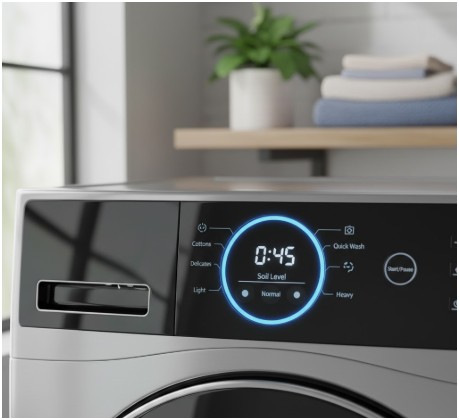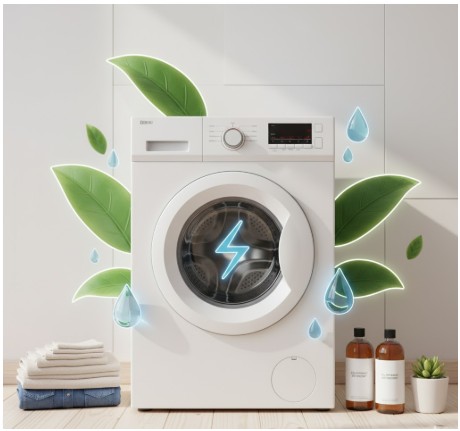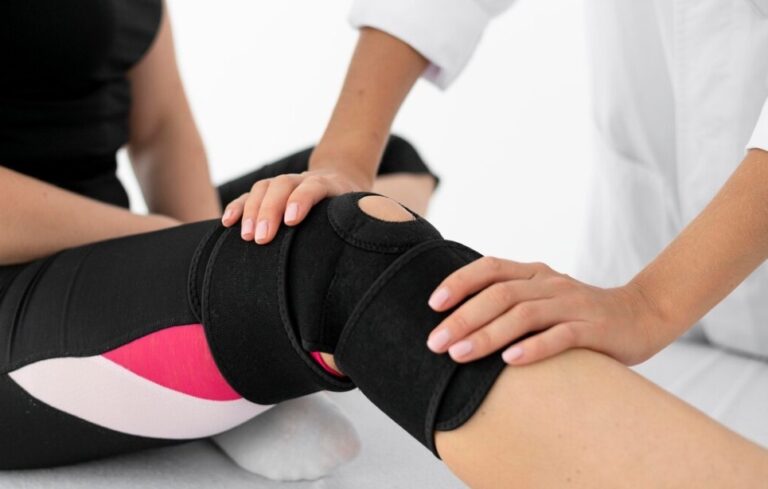I’ll be honest—when I first bought my new washing machine, I stared at the “soil level” button like it was a secret code. Was I supposed to guess how dirty my jeans were?
Over time (and a few too many laundry mistakes later), I figured out that understanding what does soil level mean on a washer actually changed the way I do laundry—and my clothes look better for it.
So if you’ve ever wondered whether to pick “Light,” “Normal,” or “Heavy,” I’ve got you covered. Let’s decode this small but mighty setting that can make or break your laundry day.
What Does Soil Level Really Do on a Washer?

The soil level setting tells your washer how dirty your clothes are—which directly affects how long and how hard the machine cleans.
When you select a soil level, the washer automatically adjusts the wash time, agitation, and sometimes even water and detergent usage to match the dirt level. Think of it as telling your washer how much effort to put in.
Here’s the fun part: it’s not about the actual “soil” (unless you’ve been gardening). It’s about how much grime, sweat, or residue your fabrics are holding. Choosing the right level not only helps your clothes come out cleaner but also saves energy, water, and time.
How Do Soil Level Settings Differ?
If your washer has Light, Normal, and Heavy options, here’s what each one actually means in real life:
| Setting | Best For | Cycle Intensity | Water & Time Used |
| Light (Low) | Lightly worn clothes, delicates, or items without visible stains | Gentle wash, shorter cycle | Least water and energy |
| Normal | Everyday wear like T-shirts, socks, or jeans | Moderate agitation, balanced cleaning | Average time and water |
| Heavy | Muddy, sweaty, or stained items like work clothes or gym gear | Longest and most vigorous wash | Highest water and detergent use |
I like to think of it this way:
- Light soil is like a quick rinse before dinner.
- Normal soil is your standard weeknight clean.
- Heavy soil is a full-on deep clean after a mud run.
How Does the Soil Level Affect the Wash Cycle?
You might not see the difference right away, but your washer definitely feels it.
When you choose a higher soil level, your washer extends the wash time so detergents have more time to break down dirt. It also increases the agitation or tumbling intensity, especially in top-load machines. This means the drum moves more vigorously to loosen stubborn grime.
In some high-efficiency washers, a heavy setting even triggers extra rinses or additional water to make sure nothing’s left behind. It’s a smart balance between cleaning power and fabric care.
On the flip side, a lower soil level keeps things gentle and efficient—ideal for delicates or quick refreshes. It’s your go-to when clothes aren’t actually dirty, just worn once or need a little freshening up.
How Do You Choose the Right Soil Level?

Here’s my golden rule: let your eyes and fingertips guide you.
Start by checking your clothes. Are there visible stains, sweat marks, or odors? If so, go for Heavy. If they’re just lightly worn or smell fine, Light or Normal will do.
Next, consider the fabric. Heavier materials like denim, towels, or bedding can handle the Heavy setting’s longer cycles. But for silks, lingerie, or lightweight cotton, the Light soil level keeps them safe from wear and tear.
And here’s a bonus tip: if you’re pretreating stains before the wash, you can often stick with a Normal setting. You’ll save time, water, and energy without sacrificing cleanliness.
Does the Soil Level Change Water and Detergent Use?
Absolutely. Some modern washers are smart enough to release more detergent and draw more water when the soil level is set higher. This ensures the cycle has enough resources to tackle extra grime.
But here’s the catch—if you always pick the Heavy setting “just to be safe,” you’re wasting both water and energy (and maybe over-washing your clothes). Lower settings can often do the job if your laundry isn’t truly filthy.
Think of it like brewing coffee: you don’t always need the strongest batch. Sometimes a lighter one tastes just right—and your washer works the same way.
How to Use Soil Level Settings Effectively

Here’s how I handle soil level settings to make my laundry routine easier and more efficient:
- Sort smartly. Keep heavily soiled clothes (like gym wear) separate from lightly used ones so you can use different settings for each load.
- Pretreat stains first. A dab of detergent or stain remover saves you from running an entire heavy cycle.
- Don’t confuse fabric cycles with soil level. “Delicate,” “Normal,” or “Heavy Duty” refer to fabric type, not dirt level—combine them wisely.
- Stay energy-conscious. Using the lowest effective soil level saves resources and extends your washer’s lifespan.
I’ve learned that balance is key—your clothes and your electricity bill will thank you for it.
FAQs About What Does Soil Level Mean on a Washer
1. Does a higher soil level mean more detergent?
Yes, in some washers with automatic dispensers. The machine releases more detergent to match the longer and more intense wash cycle. But if you add detergent manually, stick to the manufacturer’s instructions to avoid residue buildup.
2. Should I always use the heavy soil setting for dirty clothes?
Not necessarily. The heavy setting is great for visibly dirty loads, but for mild stains or everyday wear, Normal works perfectly fine. Overusing Heavy can wear out fabrics faster and waste water.
3. Is soil level the same as load size?
Nope! Load size refers to how many clothes you’re washing, while soil level refers to how dirty those clothes are. You can have a small load with a heavy soil level—or a large load that’s lightly soiled.
4. Can I save energy by using a lower soil level?
Definitely. The lighter the soil setting, the less time and water your washer uses. It’s a great way to keep your utility bills down while still getting clean clothes.
Laundry Wisdom from One Washer Lover to Another
If there’s one thing I’ve learned after years of trial and error, it’s that understanding what does soil level mean on a washer is like unlocking your machine’s secret potential. It’s not just a fancy feature—it’s a shortcut to better cleaning, less wear, and smarter energy use.
So the next time you’re about to press start, take two seconds to think about how dirty your clothes really are. Pick the right soil level, and your washer (and wardrobe) will thank you.
Here’s my final tip: don’t underestimate the Light setting. It’s gentle, efficient, and surprisingly powerful when paired with good detergent and stain pretreatment. Laundry, after all, isn’t about brute force—it’s about balance.










